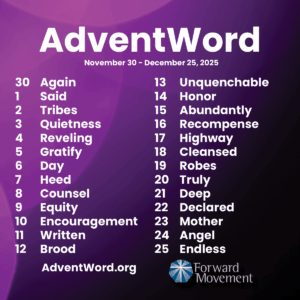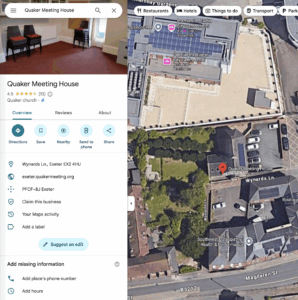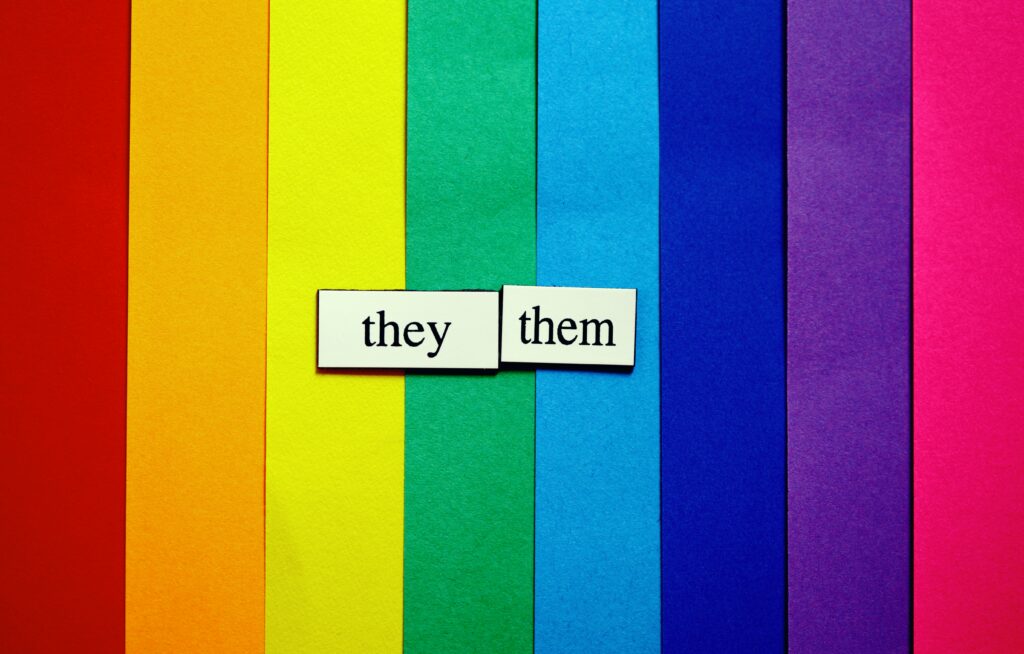
Quakers have a testimony to equality. For over sixty years Quakers in Britain have struggled with gender and sexual equality, this struggle is summarised here. At Yearly Meeting in 2021 Quakers in Britain declared:
"We seek to provide places of worship and community that are welcoming and supportive to trans and non-binary people who want to be among us. Belonging is more than fitting in.
With glad hearts we acknowledge and affirm the trans and gender diverse Friends in our Quaker communities, and express appreciation for the contribution and gifts that they bring to our meetings, which are communities made up of people with a diverse range of gender expressions. The end of our travelling is for differences not to divide us. We rejoice in recognising God's creation in one another. This is what love requires of us." – part of Minute 31British Yearly Meeting Tweet
There is a post reflecting on this decision on the BYM blog. You can read more about sexual equality at the QGSDC website, or about Quaker values on the main Quakers in Britain website https://quaker.org.uk/about-quakers/our-values
First: "gender inclusive" vs "gender neutral" - are they the same thing?
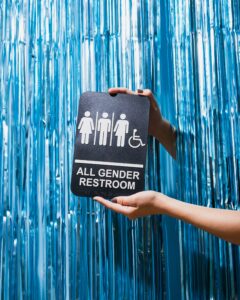
Second: Should you aim for gender inclusive or neutral?

Practical examples...
The matter is complicated by the fact that terms are gendered by social convention, meaning that what is a gender neutral term for one person might be heavily gendered to another. And there are even gendered terms (almost always masculine) which are commonly used as if they were gender neutral, even though they convey a gender.
A good rule of thumb is to try putting the term into a question like “how many X have you had sex with?”. Does your brain consider the resulting sentence to be the same as “how many people have you had sex with?”. Even people who earnestly assure me that they consider “dude” to be completely gender neutral then say that “dude” does not pass this test for them. If a term becomes gendered when you start relating it to sex or dating, do not treat it as a genderless term.
Alternatives...
“Folks” is a good casual option when referring to a group, especially one where there isn’t a clear connecting term. In a formal setting, “gentlepeople”/”gentlepersons” has been suggested as a genderless alternative to “gentlemen and gentlewomen”. “Esteemed guests/audience” also conveys formality and respect without referencing gender at all.
Do you have a favourite genderless greeting or term? Share it in the comments!
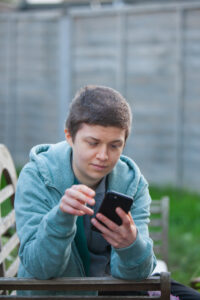
Lee Heywood
MBS Volunteer





